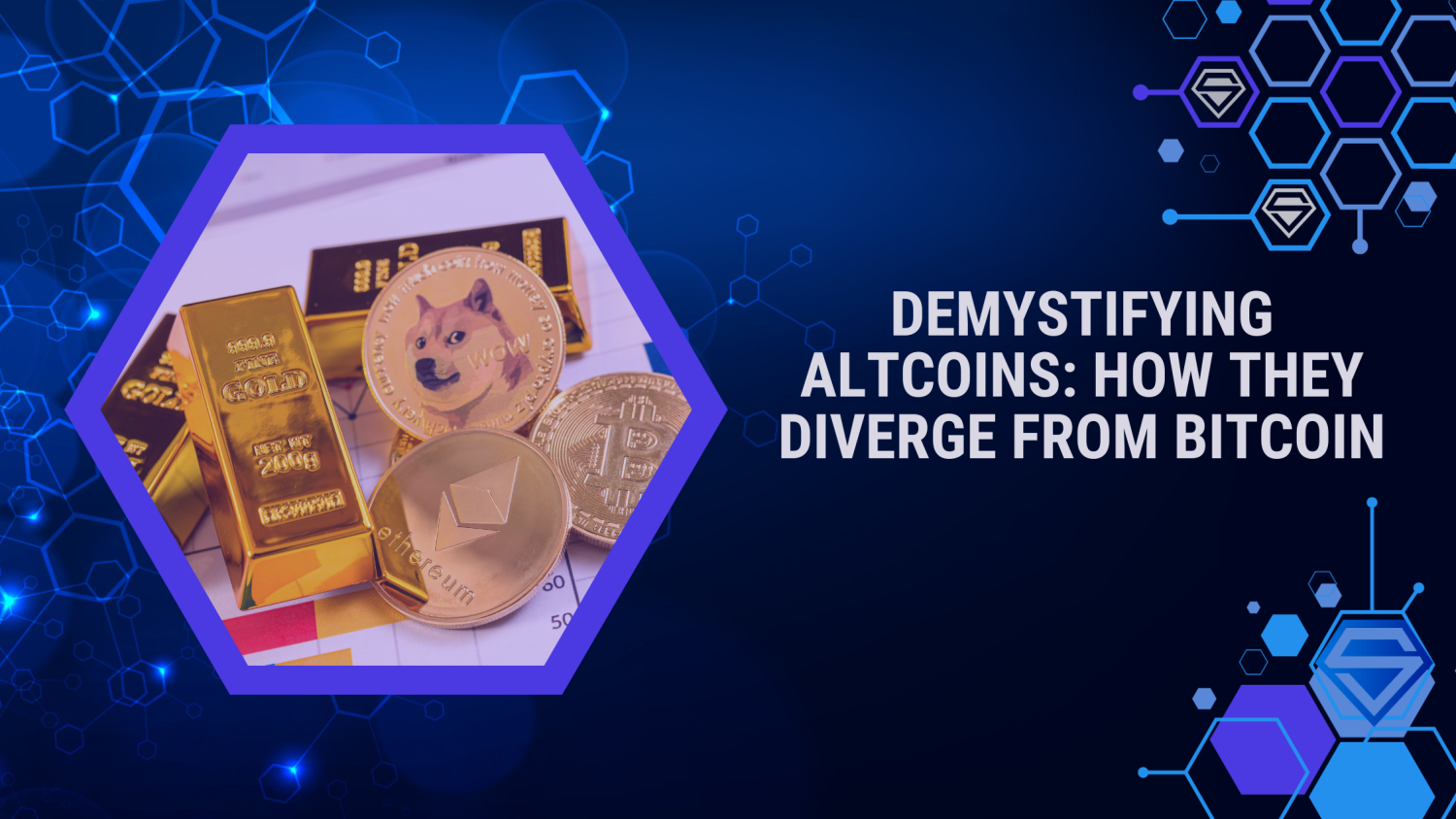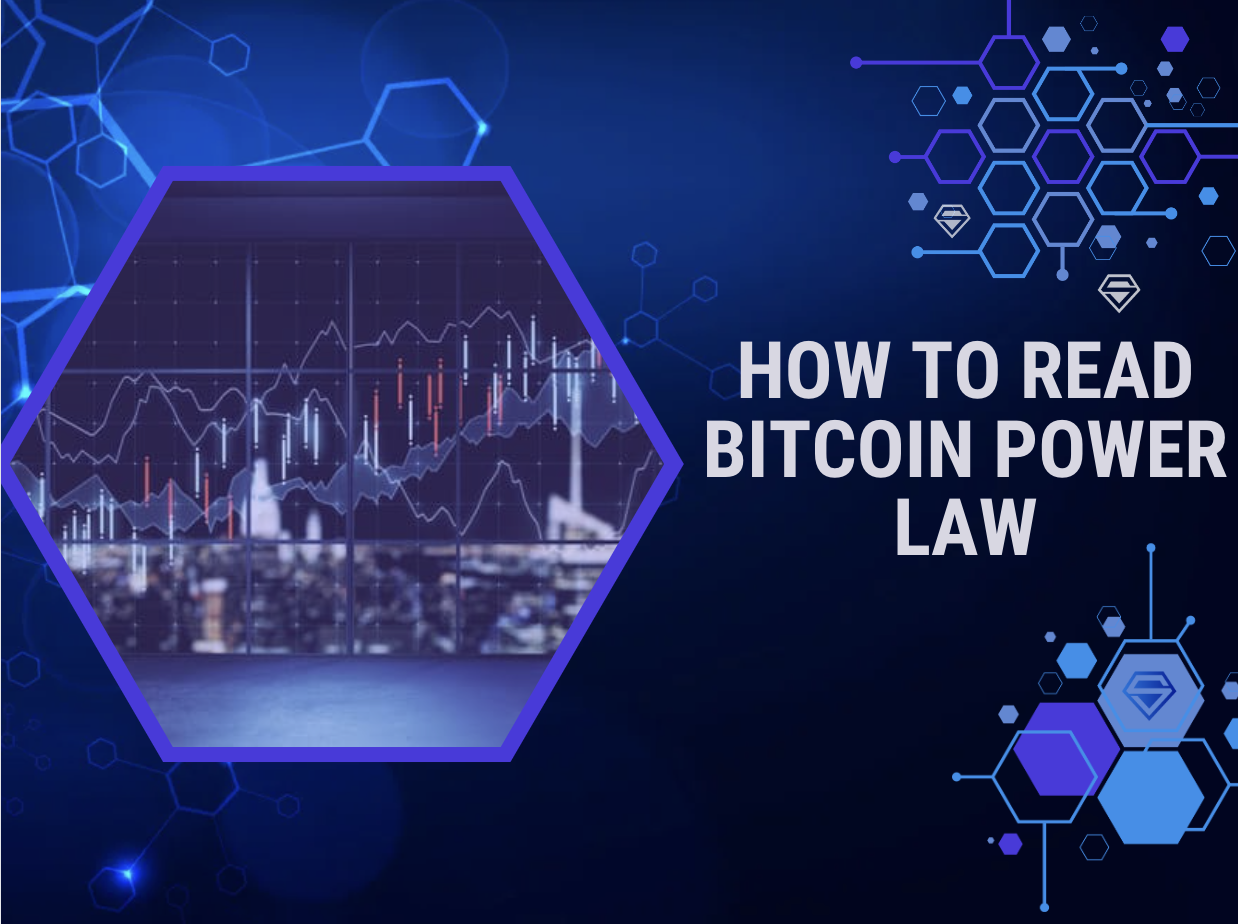
19. October, 2023
What Are Altcoins and How Do They Differ from Bitcoin?
Bitcoin is a name that resonates with most people. But the world of digital currencies is far from a one-coin show. Enter Altcoins. If you’ve ever wondered what they are and how they differ from Bitcoin, you’re in the right place.
In this article, we’ll take you on a journey to identifying Altcoins and provide you with the knowledge you need to navigate the exciting landscape of digital assets. So, whether you’re a crypto enthusiast or a newcomer, let’s dive into the world of Altcoins and discover what sets them apart from Bitcoin.
What Are Altcoins?
Altcoins, short for “alternative coins,” are any cryptocurrencies other than Bitcoin. While Bitcoin was the pioneering digital currency, it paved the way for the creation of thousands of alternative cryptocurrencies with distinct features and purposes.
These coins are like the siblings of Bitcoin, each with its unique traits, strengths, and, of course, its own share of challenges. Each altcoin serves a specific purpose or function in the digital economy, and the crypto space is now home to thousands of these coins.
Now, let’s address a common pain point many investors face when dealing with cryptocurrencies.
Bitcoin, the poster child of the crypto world, can be quite costly, and its limited supply (only 21 million coins will ever exist) may not align with everyone’s investment goals. Additionally, Bitcoin’s energy consumption and carbon footprint have sparked concerns about sustainability. This is where Altcoins come into play, offering diverse solutions to these issues.
Key Differences Between Altcoins and Bitcoin
Purpose and Functionality
One of the primary distinctions between Altcoins and Bitcoin is their intended purpose. While Bitcoin primarily serves as a digital store of value and a medium of exchange, Altcoins have a broader range of use cases.
Some Altcoins, like Ethereum (often considered the second-largest cryptocurrency), enable smart contracts, which are self-executing contracts with the terms directly written into code. Others, such as Ripple (XRP), focus on facilitating cross-border payments efficiently. Therefore, Altcoins cater to a wide variety of needs within the cryptocurrency ecosystem.
Technology and Algorithms
Bitcoin operates on the proof-of-work (PoW) consensus algorithm, which requires miners to solve complex mathematical puzzles to validate transactions and secure the network. Altcoins, on the other hand, utilize different consensus mechanisms, such as proof-of-stake (PoS), delegated proof-of-stake (DPoS), or proof-of-authority (PoA).
These alternatives often offer improved scalability, faster transaction confirmation times, and, in some cases, reduced energy consumption.
Market Capitalization and Volatility
Bitcoin boasts the highest market capitalization among all cryptocurrencies, making it a relatively stable investment in comparison to most Altcoins. Altcoins tend to have smaller market caps and are, therefore, subject to more significant price fluctuations. This can present opportunities for high returns but also carries higher risks.
Regulatory Considerations
Regulations surrounding cryptocurrencies vary from country to country. Bitcoin has been at the forefront of regulatory discussions, which has led to increased scrutiny and potential restrictions in some regions. Often seen as more experimental or niche, Altcoins may fly under the regulatory radar for longer. However, this also means they could be riskier investments.
Innovation and Development
The crypto space is incredibly dynamic, and Altcoins are where a lot of innovation happens. Developers create and experiment with new features and technologies in Altcoins, pushing the boundaries of what’s possible in the blockchain world. This spirit of innovation can lead to groundbreaking advancements, but be careful, as it can also result in failed projects and scams.
Popular Altcoins: A Closer Look
Let’s continue our exploration of popular Altcoins, each with its unique features and applications:
- Cardano (ADA): Cardano is renowned for its focus on sustainability and scalability. It employs a proof-of-stake (PoS) consensus mechanism, which not only reduces energy consumption but also allows users to actively participate in network security. Cardano’s approach to smart contracts, with a strong emphasis on peer-reviewed research and academic partnerships, sets it apart as a promising platform for a wide range of applications.
- Polkadot (DOT): Polkadot, often described as the “Internet of Blockchains,” aims to facilitate interoperability between different blockchains. It provides a framework that enables various chains to communicate and share data, potentially revolutionizing how blockchain networks interact. This interoperability could be a game-changer for the decentralized internet, enabling a more seamless transfer of assets and data.
- Chainlink (LINK): Chainlink serves as a bridge between smart contracts and real-world data. It ensures that smart contracts have access to reliable, real-time information from various sources, enhancing their utility and potential applications. Chainlink’s decentralized oracle network has been instrumental in enabling secure and trustworthy interactions between blockchain and the physical world.
- Binance Coin (BNB): Binance Coin, native to the Binance exchange, offers a multitude of use cases within the Binance ecosystem. It can be used to pay trading fees, participate in token sales on the Binance Launchpad, and even for retail purchases through Binance’s partnership with various merchants. BNB’s versatility and widespread adoption make it an intriguing Altcoin.
These Altcoins, along with the previously mentioned Ethereum, Ripple, and Litecoin, represent just a fraction of the diverse cryptocurrency landscape. Each one serves a unique purpose and showcases the innovative potential of blockchain technology beyond Bitcoin.
Conclusion
In conclusion, Altcoins are a diverse family of cryptocurrencies that go beyond Bitcoin. They offer different functionalities, technologies, and risk profiles, catering to a variety of investor preferences. Understanding the key distinctions between Altcoins and Bitcoin is crucial for making informed investment decisions in the world of digital assets.
Remember that, like any investment, the world of cryptocurrencies carries risks. It’s essential to conduct thorough research, stay updated on market developments, and consider your risk tolerance before diving into Altcoins or any digital assets.


